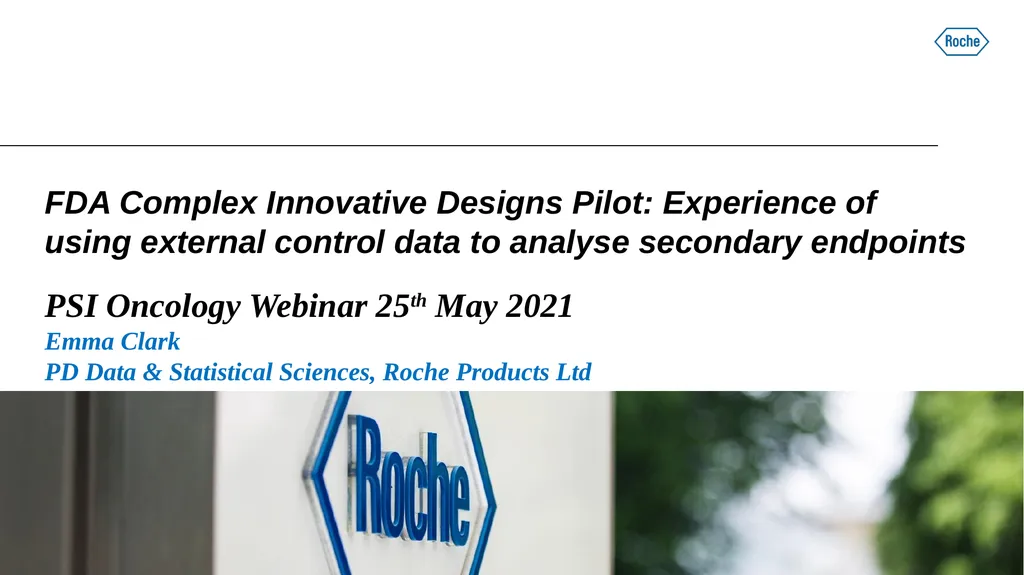
FDA Complex Innovative Designs Pilot: Experience
Author: tawny-fly | Published: 2025-08-04
Description: FDA Complex Innovative Designs Pilot: Experience of using external control data to analyse secondary endpoints PSI Oncology Webinar 25th May 2021 Emma Clark PD Data Statistical Sciences, Roche Products Ltd Provide an overview of my
Download Presentation
Download the PPT/PDF: Download
Transcript:
Loading transcript…